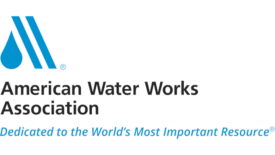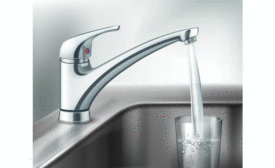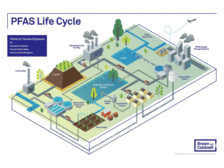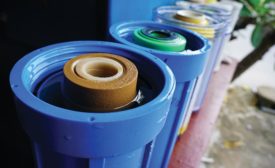Home » Keywords: » PFAS
Items Tagged with 'PFAS'
ARTICLES
Guard on Compliance | Misty Guard
Forever chemicals in the news
The US EPA published a final rule for reporting and recordkeeping requirements for PFAS under the Toxic Substances Control Act.
November 30, 2023
Misty Guard: PFAS: A growing concern
Government actions and possible impacts to the plumbing industry.
May 3, 2023
NSF
Selecting water filters for businesses
Emerging contaminants and concerns.
October 14, 2020
Get our new eMagazine delivered to your inbox every month.
Stay in the know on the latest plumbing, piping, hydronic and fire protection trends.
SUBSCRIBE TODAYCopyright ©2024. All Rights Reserved BNP Media.
Design, CMS, Hosting & Web Development :: ePublishing








